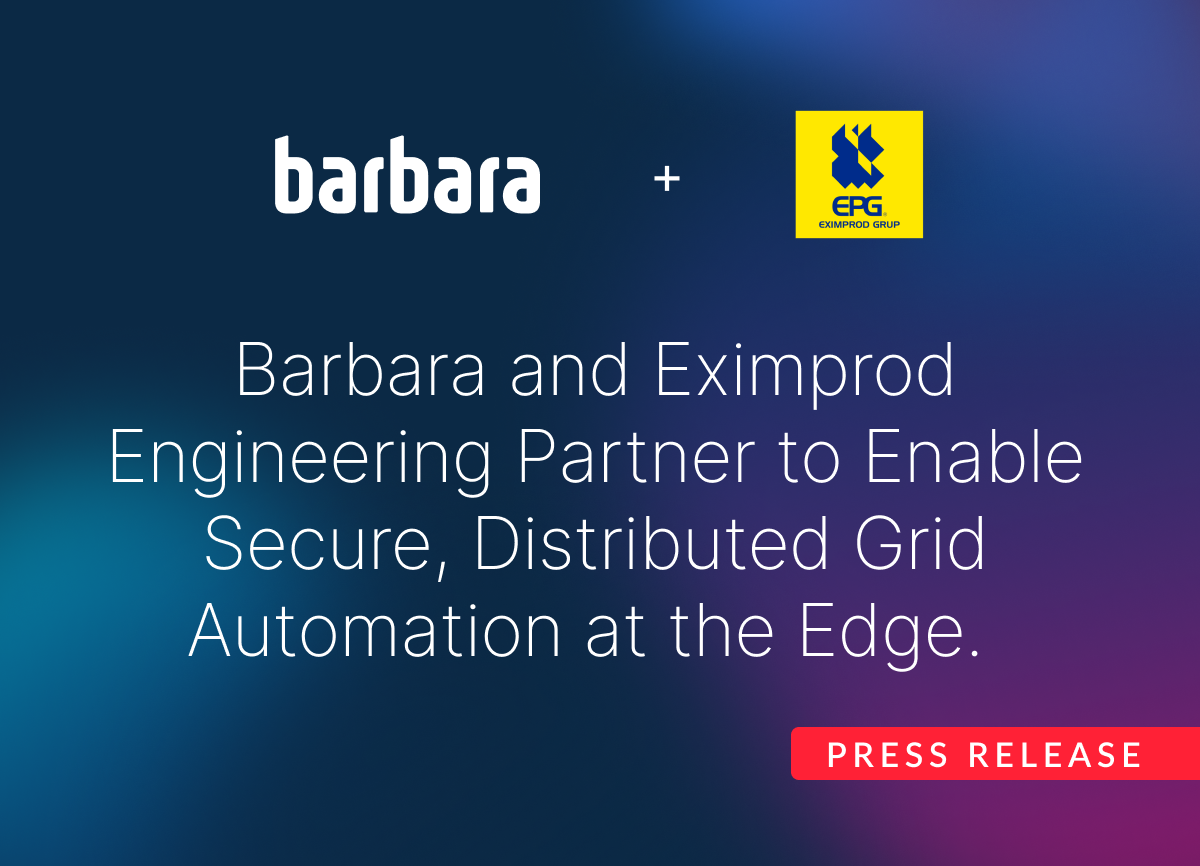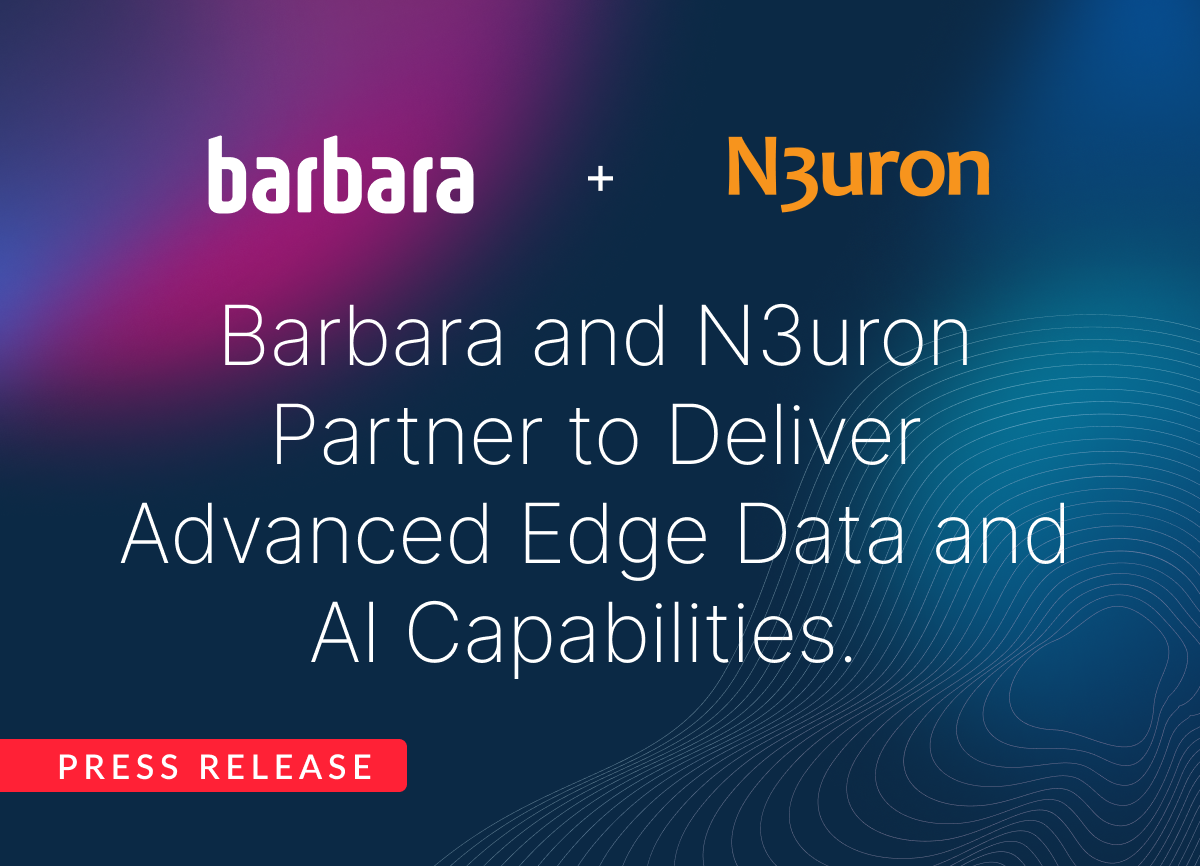How can we help you?
If you would like to know more about our product, if we can help you with your use case or if you have any other questions, please fill in this form and we will contact you as soon as possible.
If you prefer, you can also send us an email to hola@barbara.tech







.svg)

.svg)
.svg)
.svg)

.jpg)


%20(1).jpg)

.png)














.png)




.png)























%20(1).png)

%20(1).png)
















.jpeg)


































.png)

.png)
.png)
.png)

.png)
.png)
.png)




